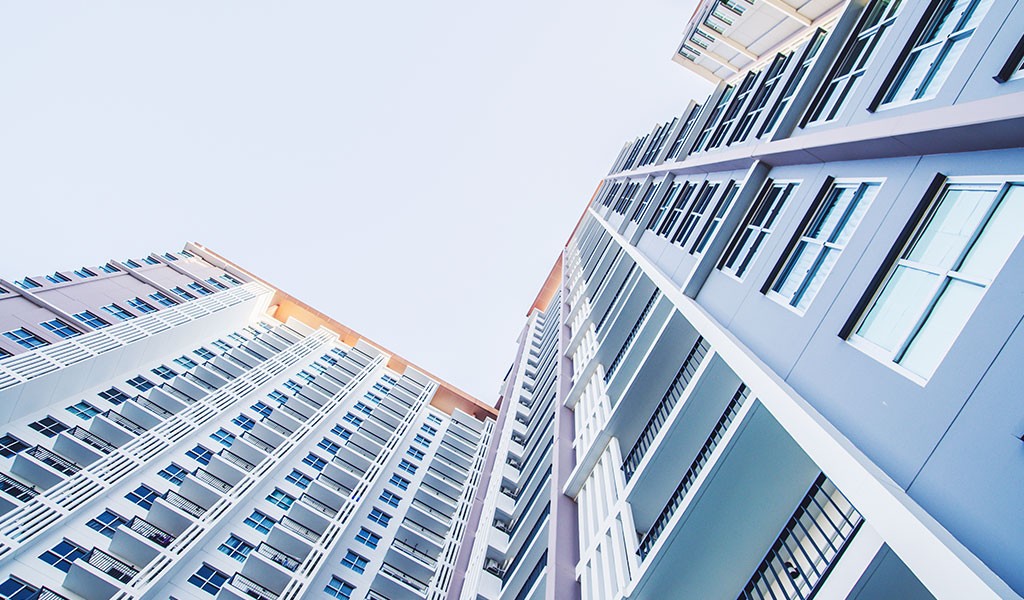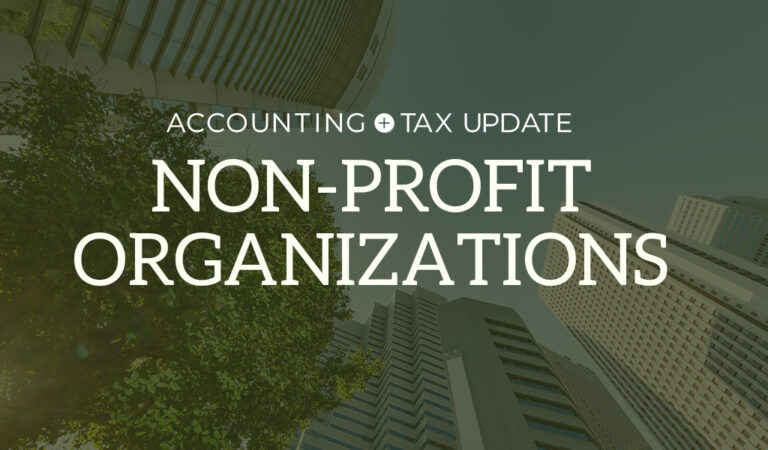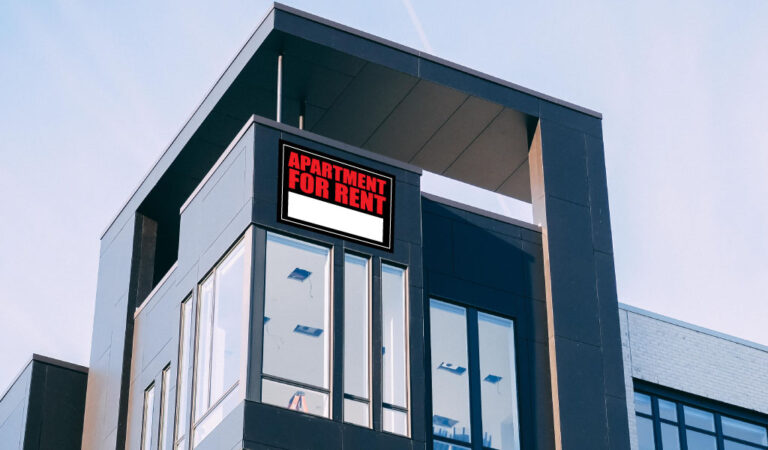Builders of new residential rental properties can get caught unaware by the plethora of GST/HST rules related to the construction and subsequent use of these properties. For purposes of applying the GST/HST rules discussed below, a builder is considered a person who constructs, or engages another person to construct, new housing and at that time has an interest in the real property on which the new housing is situated.
Self-Assessment of GST/HST
Firstly, because the sale of new housing is subject to GST/HST, any GST/HST incurred during the construction phase of new housing is refundable to the builder either as an input tax credit if the builder is registered for GST/HST, or as a rebate if the builder is not registered for GST/HST. Once the construction phase is substantially complete, if the new housing is sold, GST/HST would apply. However, if instead of selling the new housing, the builder keeps the new housing and uses it to generate long term residential rent (i.e., rental periods longer than 30 days), the GST/HST change of use rules kick in and the builder is deemed to have sold and purchased the residence and must remit GST/HST based on the fair market value of the residence. CRA generally considers the fair market value to be “the highest price, expressed in terms of money or money’s worth, obtainable in an open and unrestricted market between knowledgeable, informed and prudent parties acting at arm’s length, neither party being under any compulsion to transact”. It is important to be able to support the value used to determine the GST/HST liability triggered by the change of use rules as this is a common area of dispute with CRA in the event of a CRA audit. Also, the stage at which the change of use occurs may affect the GST/HST liability. For example, the self-assessment or deemed sale triggered by the change of use rules occurs at the later of when the construction of the building is substantially complete and the date the first tenant is given possession or use of the residence. Therefore, you may be required to remit GST/HST at a point prior to the completion of the construction of the building (i.e. if a tenant moves in when the construction is 90% complete). Therefore, when determining the value to use in making the self-assessment, one should ensure they are using the value relative to the point in time when the self-assessment is required. For example, if the value is based on an appraisal and the appraised value is based on the assumption that the construction is 100% complete, it may not be appropriate to use that value if the construction is only 90% complete. Otherwise, the builder may end up paying more GST/HST than is warranted in the circumstances.
New Residential Rental Property Rebate
To help partially offset the GST/HST cost related to new housing, landlords that use new housing to generate long term residential rent may be eligible for the GST/HST new residential rental property rebate. Eligibility for the rebate will depend on the “first use” of the rental property. In the case of multi-unit residential properties, each unit would be considered separately for purposes of this rebate. However, for purposes of this rebate, a duplex is considered to be a single unit.
In order to qualify for the rebate, the first use of the property generally must be as the primary place of residence of an individual (or individuals) under a residential lease for a period of at least one year.
The rebate is calculated based on the fair market value of each unit within a residential complex. In Ontario there are two components to the rebate; a federal component and a provincial component. The federal component is equal to 36% of the 5% federal portion of the GST/HST, to a maximum of $6,300. This component is reduced proportionately if the fair market value of the unit is between $350,000 and $450,000. It is completely eliminated if the fair market value of the residential unit is greater than $450,000. The provincial component of the rebate is equal to 75% of the 8% provincial portion of the GST/HST, to a maximum of $24,000. This rebate is not reduced and will apply even for larger values to a maximum of $24,000 for values of $400,000 or more.
Conclusion
When building residential properties and /or using them to generate residential rent it is important to have a good understanding of the related GST/HST implications or to seek proper professional advice. Contact your trusted Welch LLP advisor to help you work through these complex rules.













